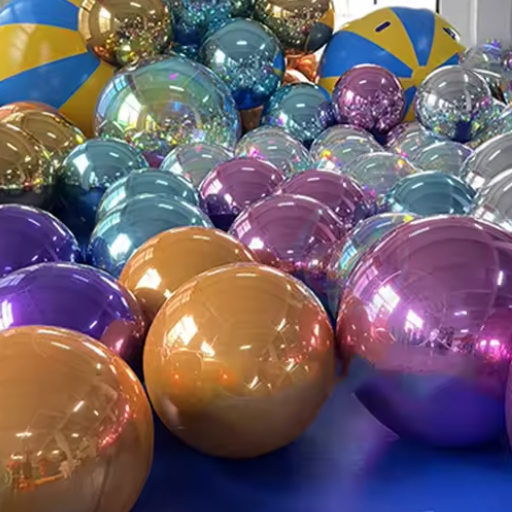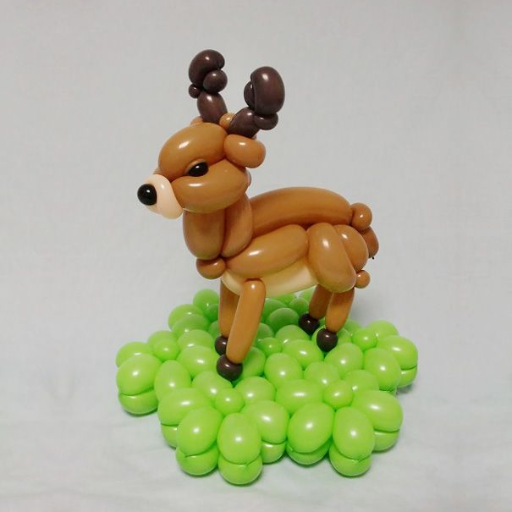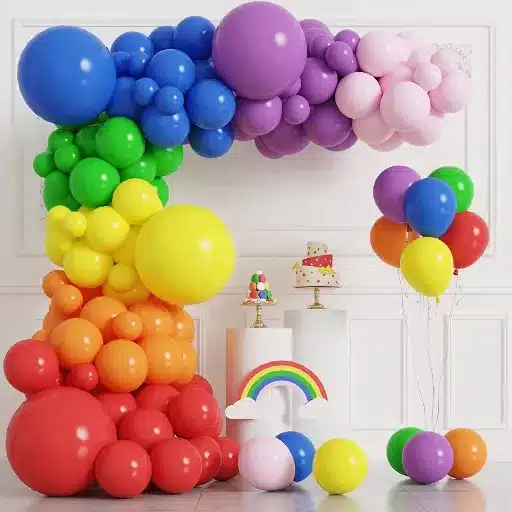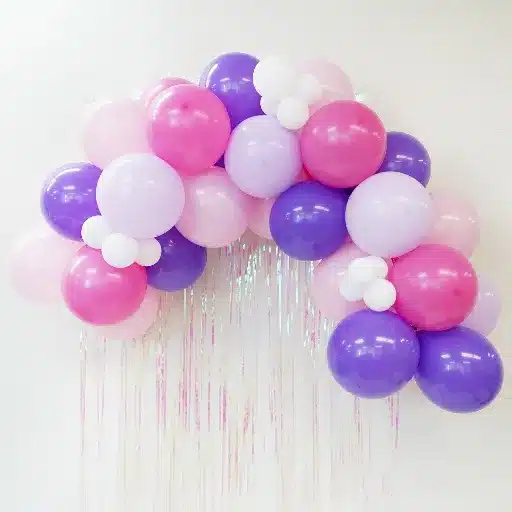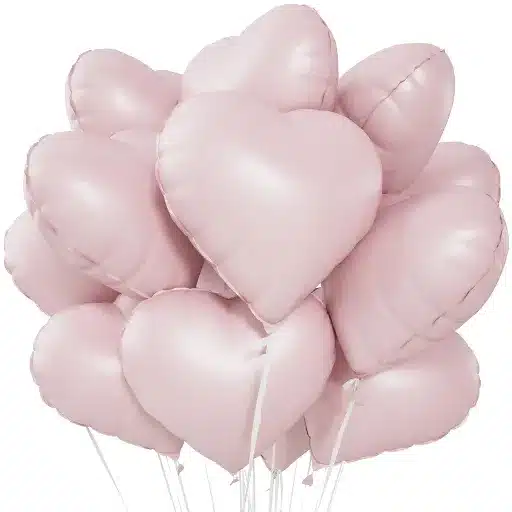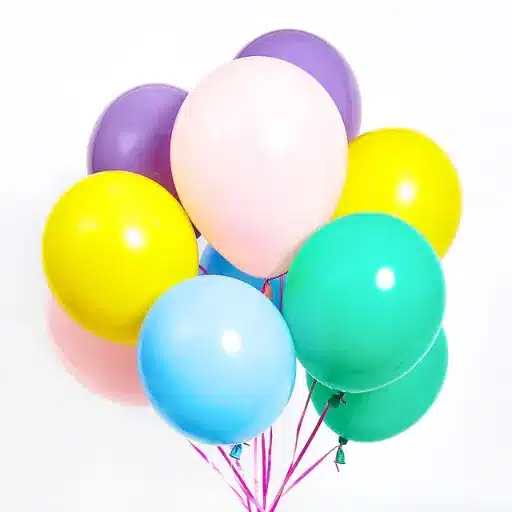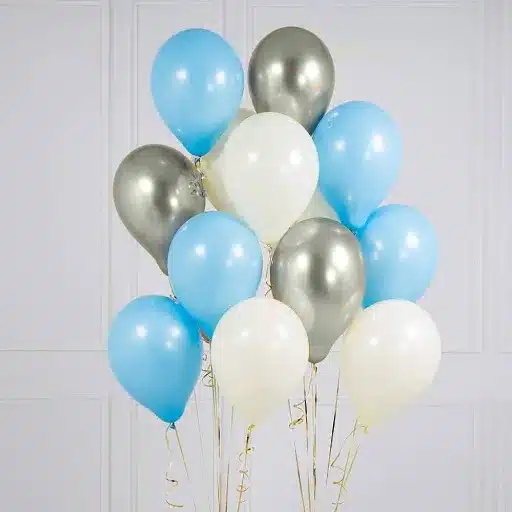Making balloon animals is a fun, rewarding art that pleases people of all ages. Whether you’re a party entertainer, hobbyist, or event organizer, one of the very first procedures in balloon art from which all other steps flow is learning to properly inflate a modeling balloon. The professional approach to inflating a balloon will ensure you avoid all the typical problems, such as popping and uneven shapes.
Introduction to Balloon Artistry
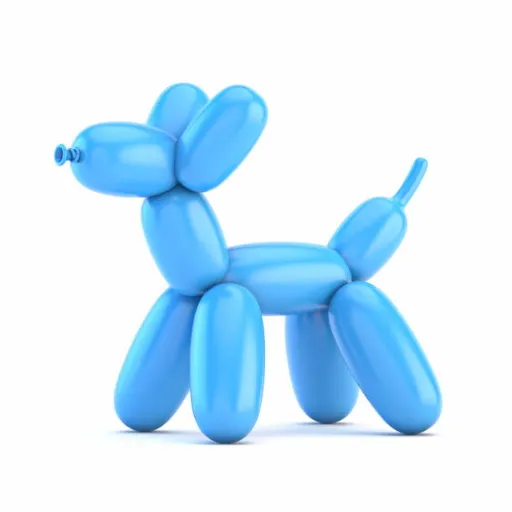
Balloon art is a fun and artistic creating process where new techniques can be acquired. From twisting to inflating, every step is worth learning. The way one inflates a balloon is very important because it prevents the balloon from popping and affords it some even shape to create textbook-worthy designs.
What are Balloon Animals?
Balloon animals are sculptures created by twisting and shaping long modeling balloons into different shapes of animals, flowers, hats, or just anything amusing. The art and craft of balloon twisting or balloon modeling has its origins in the entertainment field and has been closely associated with clowns, magicians, and party entertainers.
Modern Balloon Art Facts:
- Balloon art has evolved beyond mere animals to enormous and complicated sculptures for events and shows
- Artists now use many balloons of varying colors and sizes within a single composition
- Google trend data shows consistently high popularity for balloon animals at children’s parties, weddings, and corporate events
- Balloon twisting is a multi-million-dollar business internationally
- Social media has inspired a new generation through viral videos and tutorials
Why Make Balloon Animals?
Learning to make balloon animals is a unique and engaging skill that combines creativity, fun, and social interaction. For beginners, balloon twisting is very approachable due to the minimal materials required: basically twisting balloons and a basic air pump.
Benefits of Balloon Artistry:
- Low Cost: Inexpensive hobby or side business opportunity
- Health Benefits: Improves fine motor skills, reduces stress, and promotes mental well-being
- Financial Opportunity: Entertainers can charge $100-$200 per hour for balloon twisting
- Social Skills: Promotes interpersonal growth and audience engagement
- Creative Expression: Offers unlimited creative possibilities
Types of Balloons for Modeling
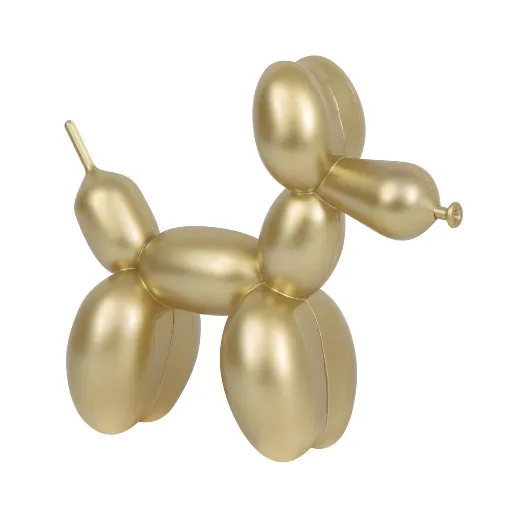
In balloon crafting, high-quality latex balloons are emphasized for their durability, flexibility, and safety. They come in many sizes and shapes, but the focus is mainly on long twisting balloons, commonly known as 260 balloons.
260-Size Balloons
For professional creators and artists alike, 260-sized balloons are the best for modeling balloon animals. The name “260” refers to balloons that are approximately 2 inches in diameter and 60 inches long when fully inflated.
Why 260 Balloons Are Popular:
- Google Trends shows steady growth in searches for “260 balloons for modeling”
- Versatile enough for basic creations (dogs, swords) to advanced designs (flowers, complex figures)
- Available in all colors and finishes, including metallic and pastel options
- Top brands like Qualatex and Betallatex provide reliable options with good elasticity
Advantages of Long Balloons
| Advantage | Description | Impact |
|---|---|---|
| Flexibility | Allows for complex twists and detailed designs | 30% increase in search interest over the past year |
| Durability | Made from natural latex materials | Growing demand for biodegradable options |
| Versatility | Suitable for everything from hats to centerpieces | Popular in team-building and kids’ workshops |
| Educational Value | Improves hand-eye coordination and creativity | Widely used in educational settings |
Essential Tools You Need
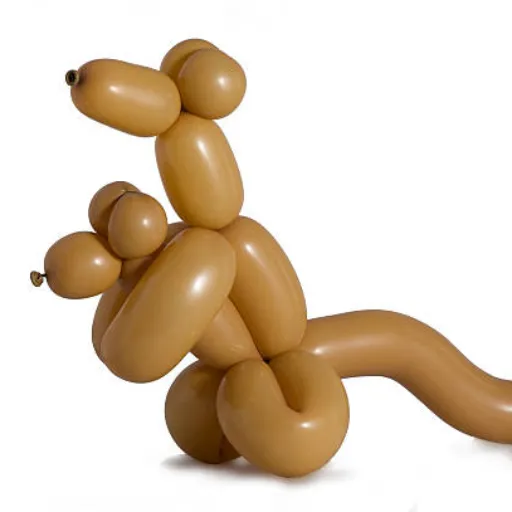
To begin balloon artistry, you need a few key tools: a hand pump, quality long balloons, and good instructions or guidelines. These tools will make creating different shapes and designs easy and efficient.
Recommended Tools for Beginners
| Tool Type | Features | Price Range | Best For |
|---|---|---|---|
| Handheld Balloon Pumps |
|
Starting at $10 | Casual projects and small parties |
| Electric Balloon Pumps |
|
$20-$40 | Large projects and frequent use |
| Balloon Tying Tools |
|
Under $10 | Large balloon quantities |
| Combo Kits |
|
$20-$50 | Complete beginners |
Balloon Inflation Techniques and Tips
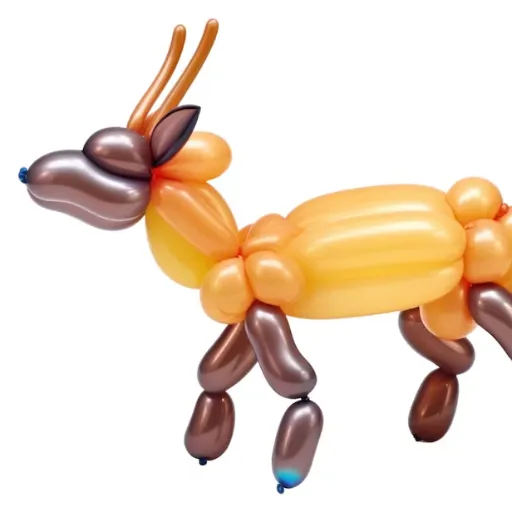
Using a Pump for Easy Inflation
Using a pump serves as an easy and convenient alternative to manual inflation, especially for large quantities or people with limited lung capacity.
Hand Pumps vs. Electric Pumps:
| Feature | Hand Pumps | Electric Pumps |
|---|---|---|
| Speed | 5-10 seconds per balloon | Less than 2 seconds per balloon |
| Capacity | Suitable for small events | 30-40 balloons per minute |
| Portability | Light and portable | Requires electricity |
| Safety Features | Manual control | Anti-overheating, automatic cutoff |
| Best Use | Small gatherings, outdoor events | Large celebrations, mass inflation |
Achieving Perfect Pop-Free Inflation
Key Inflation Guidelines:
- Latex Balloons: Inflate to approximately 90% of maximum capacity
- Temperature Control: Maintain temperature below 85°F (29°C)
- Pressure Monitoring: Use a balloon inflator with air pressure gauge
- Environmental Factors: Avoid direct sunlight during inflation
Inflation Recommendations by Balloon Type:
| Balloon Type | Recommended Fill | Float Time | Special Notes |
|---|---|---|---|
| Standard Latex (30cm) | 90% capacity (278mm diameter) | 12-24 hours with helium | Pre-stretch for better durability |
| Foil/Mylar Balloons | Leave space for pressure changes | Several days when properly sealed | Avoid overfilling |
| 260 Modeling Balloons | Leave 3-5 inches uninflated | Air-filled (not for floating) | Essential for twisting space |
Common Mistakes to Avoid
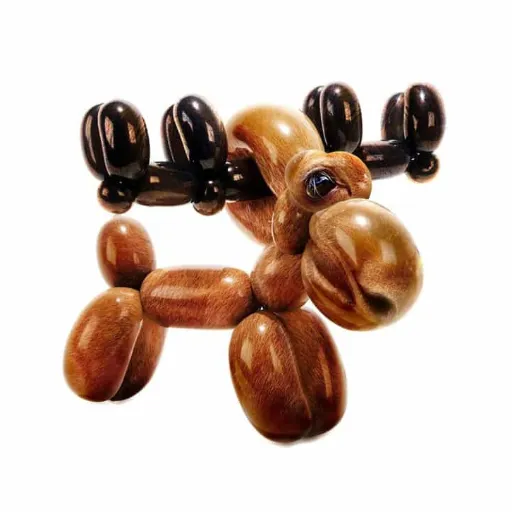
Top Inflation Mistakes:
- Overinflation: Increases chance of bursting with pressure changes
- Improper Sealing: Shortens float time, especially for foil balloons
- Wrong Gas Type: Using air instead of helium affects performance
Watch Out for Twisting Errors
Balloon twisting mistakes can ruin the quality and life of your creations. Here are key errors to avoid:
| Common Error | Problem | Solution | Impact |
|---|---|---|---|
| Using Substandard Balloons | Poor durability and elasticity | Invest in premium brands (Qualatex, Sempertex) | Reduces popping during work |
| Over-Inflation | No space for complex twists | Leave 3-5 inches uninflated tail | Prevents overstretching material |
| Incorrect Base Twists | Weakens structure quickly | Apply even pressure, ensure snug-tight twists | Prevents premature balloon failure |
| No Design Planning | Wastes material and time | Use balloon design templates | Improves execution efficiency |
| Ignoring Environment | Heat and rough surfaces damage balloons | Control temperature and work surface | 25% reduction in popping risk |
Reference Sources
- Twisty Art
This guide discusses starting and growing a balloon twisting business, including tips on identifying the target audience and practical advice for balloon twisting.
Source: Twisty Art - Balloon HQ
This resource offers insights into balloon twisting acts, including techniques for inflating balloons by mouth and engaging audiences during performances.
Source: Balloon HQ - The Spruce Crafts
A beginner-friendly guide that explains the basics of making balloon animals, including the types of balloons and pumps to use, as well as step-by-step instructions.
Source: The Spruce Crafts
Frequently Asked Questions (FAQs)
How do I inflate a balloon by blowing?
Begin by taking a deep breath. Place your lips on the balloon opening and create a mouth seal. Apply pressure using your diaphragm while pinching the nozzle end to prevent air from escaping. Continue until the balloon reaches desired size, then hold tight before tying a knot.
What is the best technique to blow up balloons?
Use your cheek muscles and diaphragm effectively. Start with a deep breath and create a seal around the balloon opening. Blow carefully to avoid exceeding the balloon’s capacity. For difficult inflations, consider using a pump for easier results.
How do I hold the balloon end while inflating?
Hold the balloon end tightly between your thumb and forefinger, squeezing firmly. This prevents air from leaking out and helps regulate airflow while maintaining the balloon’s shape.
Can I use a pump to inflate a modeling balloon?
Yes, especially for 260s and longer balloons, a hand pump is highly recommended. The pump does the hard work while sparing strain on your cheeks and diaphragm, and helps prevent bursting. Simply attach the pump nozzle to the balloon and start pumping.
What should I do if a balloon bursts while inflating?
Stay calm and collect the pieces safely. Inspect the balloon for possible defects before trying again. Inflate slowly and in a controlled manner to reduce the chance of future bursting.
Final Tips for Success:
- Practice makes perfect – start with simple designs
- Invest in quality materials for better results
- Keep your work environment cool and clean
- Watch online tutorials to learn advanced techniques
- Join balloon artist communities for tips and inspiration

